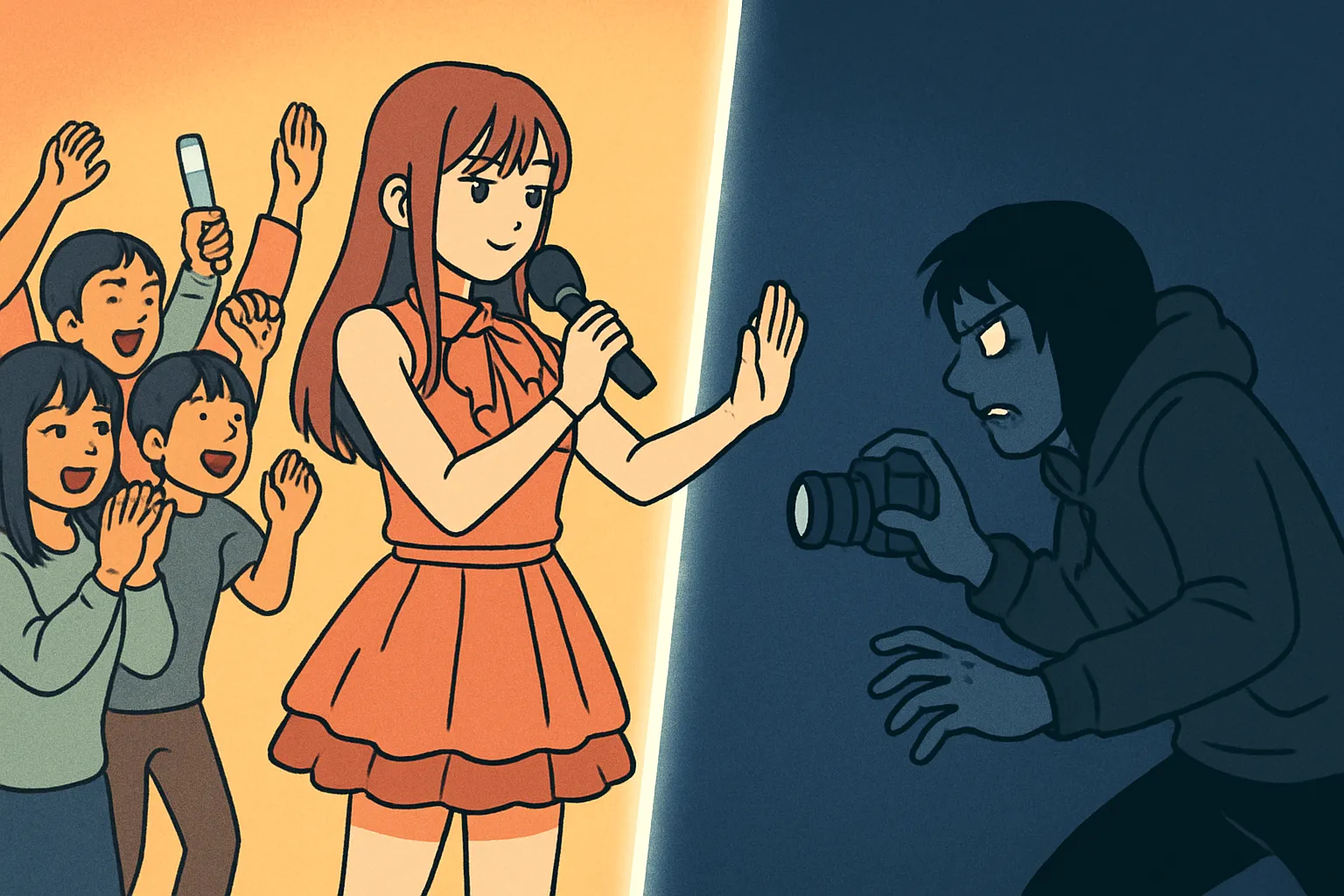Hello! It’s your favorite Korean language guide, [Daily Hangul], here to level up your skills!
Today, we’re moving beyond everyday conversation and diving into a fascinating area of academic discourse: Literary Criticism and Body Theory (문학 비평과 신체 이론). This might sound complex, but it’s an incredibly powerful tool for understanding Korean literature, film, and even contemporary culture on a much deeper level.
You’ve probably seen the ‘body profile’ (바디 프로필) trend all over Korean social media, right? It’s the phenomenon where people undergo intense training to sculpt their bodies and then capture the results in professional photoshoots. This very modern trend is the perfect gateway for us to discuss how the body is “read” as a text, what it signifies, and how it reflects societal values—a core concept in Body Theory. Let’s get started!
Core Expressions for Your Analytical Toolkit
Here are some key terms that will allow you to discuss the body with the nuance of a literary critic.
1. 한국어 표현: 육체 (肉體)
* 발음 [로마자]: Yuk-che
* 영어 뜻: The physical body; flesh.
* 상세 설명: While 몸 (mom) is the general word for ‘body,’ 육체 (yukche) is a more formal, literary, and sometimes philosophical term. It often emphasizes the physical, material aspect of the body in contrast to the mind or spirit (정신, jeongsin). In critical analysis, using 육체 signals a focus on the body as a tangible object of study, often subject to external forces.
2. 한국어 표현: 구체화되다 (具體化되다)
* 발음 [로마자]: Gu-che-hwa-doe-da
* 영어 뜻: To be embodied; to be materialized; to become concrete.
* 상세 설명: This is a crucial verb in academic and critical writing. It describes the process by which an abstract concept (like pain, desire, ideology, or trauma) is made real and visible through a physical form or action. For example, a character’s inner turmoil can be embodied in their trembling hands or gaunt face.
3. 한국어 표현: 사회적 시선 (社會的 視線)
* 발음 [로마자]: Sa-hoe-jeok Si-seon
* 영어 뜻: The social gaze.
* 상세 설명: This refers to the invisible pressure of societal norms, expectations, and judgments that shape how we perceive and treat our own bodies and the bodies of others. It’s the feeling of being watched and evaluated by society. This concept is essential for analyzing themes of beauty standards, conformity, and identity.
4. 한국어 표현: 억압의 기제 (抑壓의 機制)
* 발음 [로마자]: Eog-ab-ui Gi-je
* 영어 뜻: A mechanism of oppression.
* 상세 설명: This is a high-level term used to describe systems, structures, or methods through which power is exerted to control or suppress individuals or groups. In Body Theory, the body (육체) is often seen as a site where these mechanisms of oppression (like patriarchal beauty standards or capitalist demands for productivity) are played out.
Example Dialogue: At a University Café
Let’s see how two literature students, Ji-won and Hyeon-woo, might use these terms while discussing a novel.
A (Ji-won): 이 소설에서 주인공의 가난은 그의 앙상한 육체를 통해 직접적으로 드러나는 것 같아.
A (Ji-won): In this novel, the protagonist’s poverty seems to be directly revealed through his gaunt physical body (yukche).
B (Hyeon-woo): 맞아. 작가는 시대적 아픔이라는 추상적인 개념을 주인공의 몸에 구체화시킨 거지.
B (Hyeon-woo): Exactly. The author embodied (guchehwa-sikyeotda) the abstract concept of historical suffering in the protagonist’s body.
A (Ji-won): 특히 그가 외모 때문에 계속 무시당하는 장면은 강력한 사회적 시선을 보여줘. 그 시선 자체가 일종의 억압의 기제로 작동하는 거야.
A (Ji-won): Especially the scenes where he’s constantly ignored because of his appearance. It shows the powerful social gaze (sahoejeok siseon). That gaze itself functions as a kind of mechanism of oppression (eogab-ui gije).
B (Hyeon-woo): 요즘 유행하는 ‘바디 프로필’을 보면, 현대의 사회적 시선은 또 다른 방식으로 우리 몸을 규정하고 있는 것 같아서 흥미로워.
B (Hyeon-woo): It’s interesting because when you look at the recent ‘body profile’ trend, it seems the modern social gaze is defining our bodies in a completely new way.
Culture Deep Dive: The ‘Body Profile’ and the Social Gaze
The ‘바디 프로필’ trend is a fascinating modern case study for Body Theory. On the surface, it’s about health, discipline, and celebrating personal achievement. Many people find it empowering.
However, we can also analyze it using the terms we learned today:
* The trend is driven by a powerful 사회적 시선 (sahoejeok siseon) that values a specific type of lean, muscular, and “perfected” body.
* For some critics, this can become an 억압의 기제 (eogab-ui gije), where individuals feel pressured to conform to an often unrealistic and punishing physical standard. The ideal body becomes a project that demands immense time, money, and control.
* The final photograph is where the abstract ideals of “health,” “discipline,” and “beauty” are 구체화되다 (guchehwa-doeda) into a single, shareable image.
When you watch a K-drama or read a Korean webtoon where a character undergoes a dramatic physical transformation, you can now ask deeper questions: Is this a story of personal empowerment, or is the character responding to the 사회적 시선? How is their 육체 being used to tell a larger story about society?
Let’s Practice!
Time to put your new knowledge to the test!
- Fill in the Blank: A critic might argue that the extreme beauty standards portrayed in some media function as a subtle ____________ for young people.
(한 비평가는 일부 미디어에서 묘사되는 극단적인 미의 기준이 젊은이들에게 미묘한 ____________(으)로 작용한다고 주장할 수 있다.) -
Your Turn to Analyze: Think of a character from any Korean film, drama, or book. In a short sentence, describe how an abstract feeling or social issue is 구체화되다 in their body or physical actions.
You’ve done an amazing job today tackling some very advanced concepts! This is the kind of vocabulary that will set you apart and allow you to participate in high-level intellectual conversations in Korean.
Don’t be shy! Share your answers to the practice questions in the comments below. I can’t wait to read your brilliant analyses






